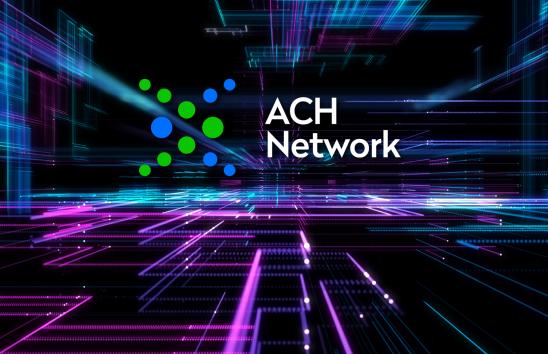Return for Questionable Transaction
This change to the Nacha Operating Rules will enhance quality and improve risk management within the ACH Network by allowing RDFIs to indicate within a return that the original transaction was questionable or part of anomalous activity.
Details
RDFIs may but are not required to use return reason code R17 to indicate that the RDFI believes the entry was initiated under questionable circumstances. RDFIs electing to use R17 for this purpose will use the description “QUESTIONABLE” in the Addenda Information field of the return. An R17 in conjunction with this description enables these returns to be differentiated from returns for routine account number errors.
Technical
This Rule modifies the following areas of the Nacha Operating Rules
- Appendix Three, Subpart 3.2.2 Glossary of Data Elements (Addenda Information) to address proper formatting within the Addenda Information field when using R17 to return a questionable transaction.
- Appendix Four, Part 4.2 (Table of Return Reason Codes) to include using R17 for Entry with Invalid Account Number Initiated under Questionable Circumstances.
Impact
Effective Date: June 21, 2019
Potential Impacts
Financial institutions may need to implement the capability to use the Addenda Information field if it is not an existing capability. They may also choose to manually process R17 returns.
FAQs Section
For this new rule, under what conditions would an RDFI want to use an R17 to return an entry?
An RDFI would use R17 to return an entry that does not have a valid account number and the RDFI believes the entry was initiated under questionable circumstances. RDFIs returning entries as R17 “QUESTIONABLE” must transmit the return under the standard 2-day return timeframe.
Can an RDFI still use R17 for “File Record Edit Criteria”?
Yes, R17 will still be used for this reason.
The R17 return code has been used recently in several opt-in programs. Is R17 still available for use with these programs?
Existing NACHA-coordinated opt-in programs with federal and state tax agencies for RDFIs to return tax refund ACH credits using R17 will continue and will not be impacted. These programs involve the return of questionable ACH credits that were posted to accounts, whereas the primary “use case” of this rule (R17 “QUESTIONABLE”) would be to return ACH debits that are unable to be posted. The opt-in programs provide RDFIs with additional timeframes and protection from liability when returning ACH credits as questionable; the opt-in rules for those programs will remain intact. For detailed information on the opt-in programs, see https://www.nacha.org/content/additional-ach-programs-and-information.
Is an RDFI required to use R17 to return an entry with an invalid account number that it believes may be questionable?
No, the RDFI may continue to use R03 (No Account/Unable to Locate Account) or R04 (Invalid Account Number Structure) to return those entries.
How will the ODFI know the RDFI believed the entry was questionable?
RDFIs electing to use R17 for this purpose will use the description “QUESTIONABLE” in the Addenda Information field of the return. An R17 in conjunction with this description will enable these returns to be differentiated from returns for routine field input errors. The remaining space in that field may be used for additional information related to the return.
Can R17 be used to return a single questionable transaction, or must it be used for larger numbers of entries?
An RDFI may use R17 to return any questionable entry – regardless of whether just one or many – that contains an invalid account number.
Are there any requirements for the ODFI receiving an R17 “QUESTIONABLE” return?
Although not expressly required by the Rules, there are a number of steps that ODFIs should consider regarding receipt of R17 “QUESTIONABLE” returns. These steps may help mitigate their risk of originating potentially fraudulent entries:
- Establish the ability to monitor and track R17 “QUESTIONABLE” returns received by Originators. Each ODFI should set these monitoring/tracking parameters at a level that is relevant to its particular circumstances.
- Educate Originators on the Network’s use of the R17 “QUESTIONABLE” return, including why RDFIs may believe that certain transactions were questionable.
- Contact Originators when the number of R17 “QUESTIONABLE” returns crosses above a threshold that the ODFI has designated in its monitoring and tracking parameters.
Will returns for R17 “QUESTIONABLE” be included in the calculation for the Administrative Return Rate?
No. Because R17 continues to be used for its original purpose (File Record Edit Criteria) and for various opt-in programs, it cannot not be viewed as a complete replacement for R03 or R04 and, therefore, cannot be included within the administrative return rate calculations. Use of R17 “QUESTIONABLE” is voluntary on the part of the RDFI, and usage is expected to be infrequent. ODFIs are encouraged to monitor R17 “QUESTIONABLE” returns and act, where appropriate, to limit its risk of originating potentially fraudulent entries.



